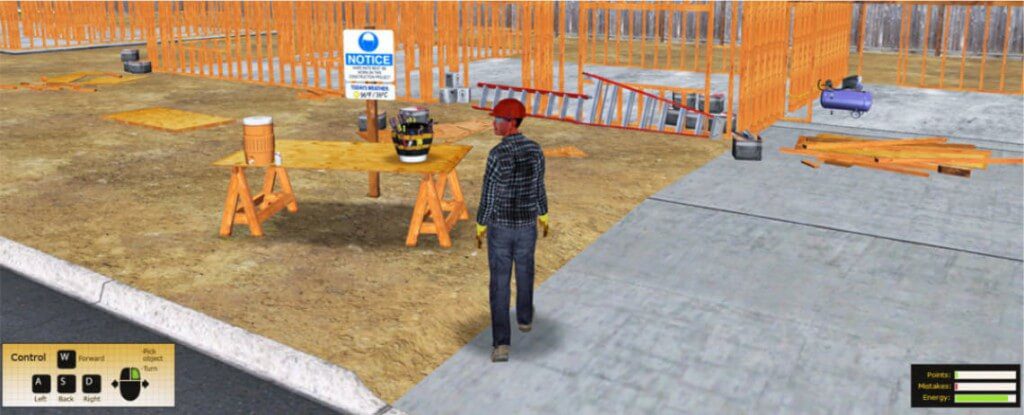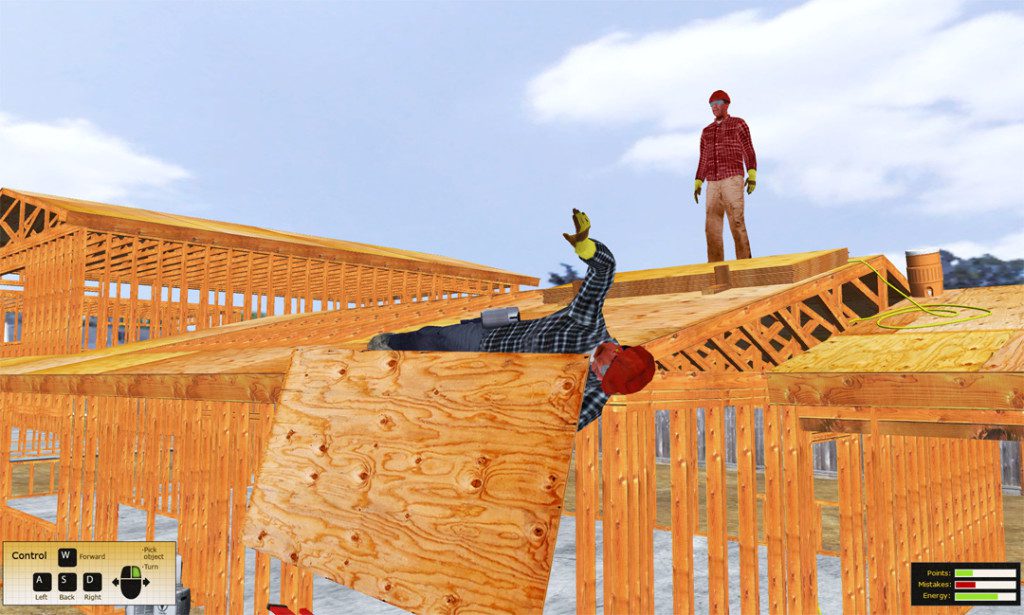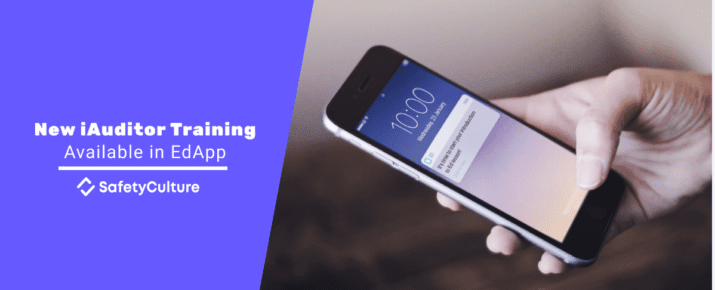Using 3D Animated Videos To Improve Workplace Safety & Training
Tips & Tricks | By | 28 Jul 2016 | 4 minute read

3D games are all the rage. Pokemon GO is sweeping the world as one of the most popular games boasting over 9.5 million active users. For those unaware of the hysteria, Pokemon GO is location-based Augmented Reality (AR) mobile game. The primary goal to catch Pokemon in various locations. 3D AR are fast being introduced to our everyday lives. Despite the Pokemon GO phenomenon, AR isn’t just for video games. The business world is increasingly catching wind of its potential.
Workplace safety training has a history of being cumbersome, time-consuming and sincerely boring. The method of teaching safety hasn’t seen a ton of innovation in the past few years. Often safety is reactive, where a worker will go through a traumatic safety experience and thus start to understand the need for such training. Real life experience is an extremely powerful way for someone to learn. Not everyone sees the benefits of in-person training as it can cost companies a small fortune, mostly by taking away employees from their work.
Technology and safety training
VR could provide the ideal environment for many safety training exercises. The aviation industry has used aircraft landing simulators for years with great results. Flight simulation is critical to the operation of civil and military aircraft organizations. It is used from basic training to zero flight-time training for civil airlines, and in-mission rehearsal for the military. The technology has made a major impact on improving aviation safety and is significantly less expensive than ‘live’ training. The National Transport and Safety Authority reports that to train soldiers in an actual tank, the operation cost is $75 per mile. The cost to operate a Tank Driver Trainer simulator is $2.50 per mile. Due to the introduction of simulation training, the cost saving is enormous.
Results of VR training
A study conducted in 2012 assessed 66 participants learning behaviors, with half receiving traditional classroom training with visual aids, and the other half were trained using a 3D immersive VR power-wall. The outcome showed that VR training was more effective in terms of maintaining trainees’ attention and concentration, and proved to be more effective over a longer period of time. The study strongly recommended VR for safety training in order to increase workplace safety. Research has also shown that virtual training increases knowledge retention when compared with real-world training. The results suggest a promising future for educating workers about safety risks using VR and AR.
3D Training
Safety training in the construction industry is in need of some innovation, and companies around the world have risen to the challenge, creating 3D training games using Virtual Reality (VR) and AR to their advantage. These techniques are well-demonstrated in the use of explainer videos, which enhance understanding and engagement in safety protocols.
One of these companies, ForgeFX, developed an interactive 3D safety training game for the California State Compensation Insurance Fund, California’s largest provider or compensation insurance. The simulation based game puts workers in construction site environments, where their experience and use of necessary safety precautions are help workers to avoid hazards.

The idea is to avoid mistakes in the real world, by learning lessons in the virtual one. A construction worker’s ability to identify and assess risk can only be acquired through training and experience, making it one of the key factors that determine their behavior towards safety. Research has shown that incidents typically occur early and late in a project’s cycle, due to not being awareness of incidents and the normalization process that occurs later. ForgeFX provides 3D training simulators for a range of industries and hazardous conditions. See the game in action here.
VR and other industries
Construction and safety professionals aren’t the one ones jumping on the AR and VR trend. The design industry embraces it with open arms. Architect, Yan Krmsky of Yazdani Studio uses VR/AR to showcase his design work to clients. Yan allows his clients to see the finished products through an Oculus. (An Oculus Rift is a virtual reality headset allowing users to see a virtual experience).
3D models are therefore an effective way to prototype a product, without the hard costs involved. The technology isn’t new. In 2013 IKEA launched an iOS app, where shoppers could place IKEA furniture within their home with the help of AR.
Volvo allowed consumers to ‘test drive’ their new S60 model through an AR experience. The results speak for themselves. Volvo reports a 9.6% interaction rate, 192,319 clicks on the masthead ad and a traffic increase of 293% to the Volvo website.
Just like what ForgeFX does for construction safety training, some retailers use technology to simulate real-life situations. Developed by MemoMi Labs Inc, shoppers can experience a 360 degree view of themselves in a digital MemoryMirror. Hence allowing them to change outfits and sizes in real-time. No need to get changed ever again. Users share the photos or videos via their phones and social media (for example, Instagram messages). American Eagle is one of the only retailers currently using this technology.

Your Brain on VR
Physical spaces become less important while technology advances. It’s already been scientifically proven that your sight is an extremely powerful sensor. When your eyes see sushi on your plate (while wearing a headset or other wearable) your brain will think it’s sushi and taste it accordingly, even if it’s tofu. AR and VR aren’t able to trick your brain altogether (for those who are worried!). A bed for example, still needs to be soft for you to think so.
VR and AR Is Promising
Companies will be able to create experiences never seen before. In the future, the barrier of a “screen” could be decreased. Consequently, new jobs will be created as the market for digital-physical content driven by AR and VR is demanded. For safety and workplace training, VR and AR can train and upskill workers fast, helping them work smarter and be more risk preventative. Pokemon GO is just the beginning.
Important Notice
The information contained in this article is general in nature and you should consider whether the information is appropriate to your specific needs. Legal and other matters referred to in this article are based on our interpretation of laws existing at the time and should not be relied on in place of professional advice. We are not responsible for the content of any site owned by a third party that may be linked to this article. SafetyCulture disclaims all liability (except for any liability which by law cannot be excluded) for any error, inaccuracy, or omission from the information contained in this article, any site linked to this article, and any loss or damage suffered by any person directly or indirectly through relying on this information.





